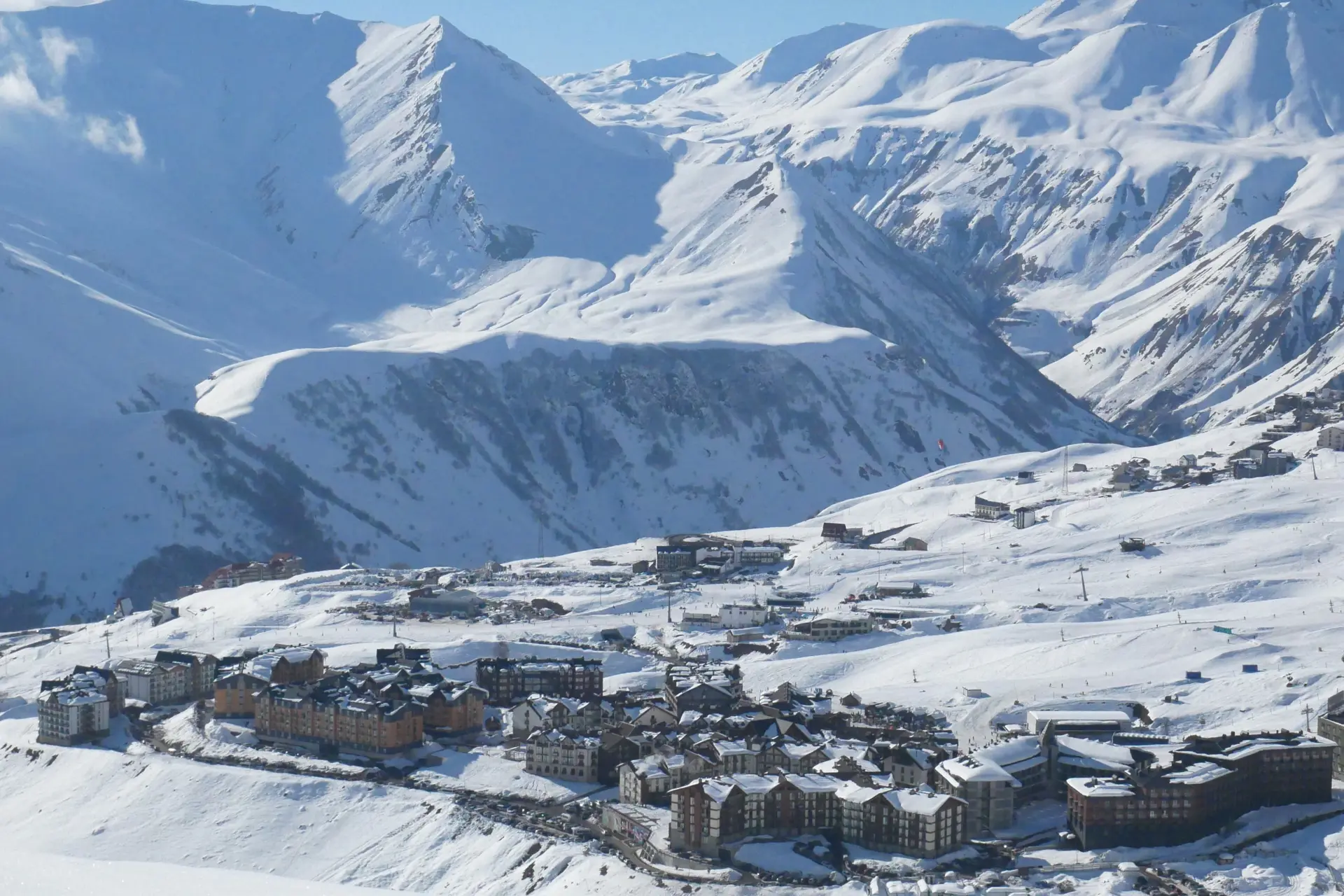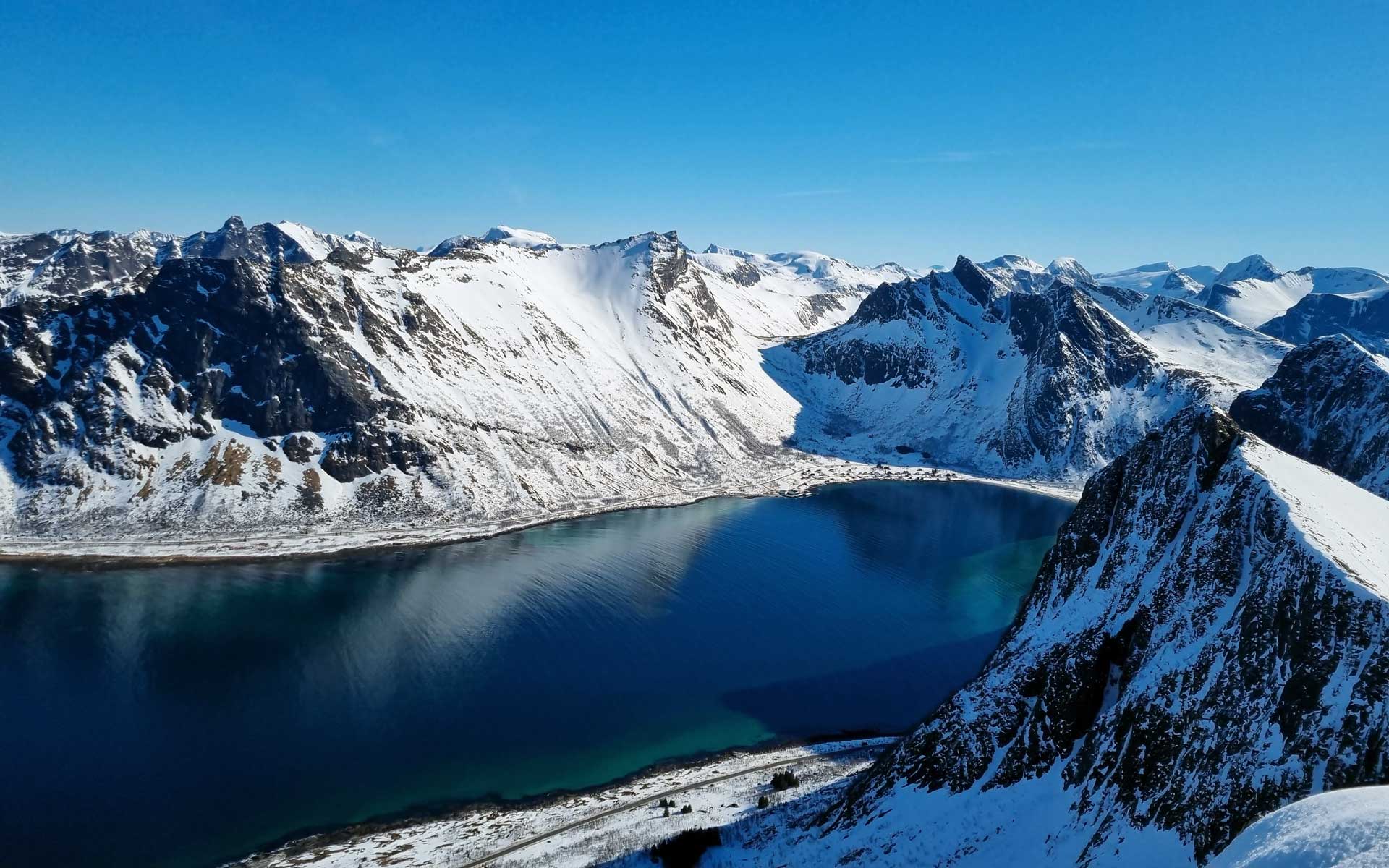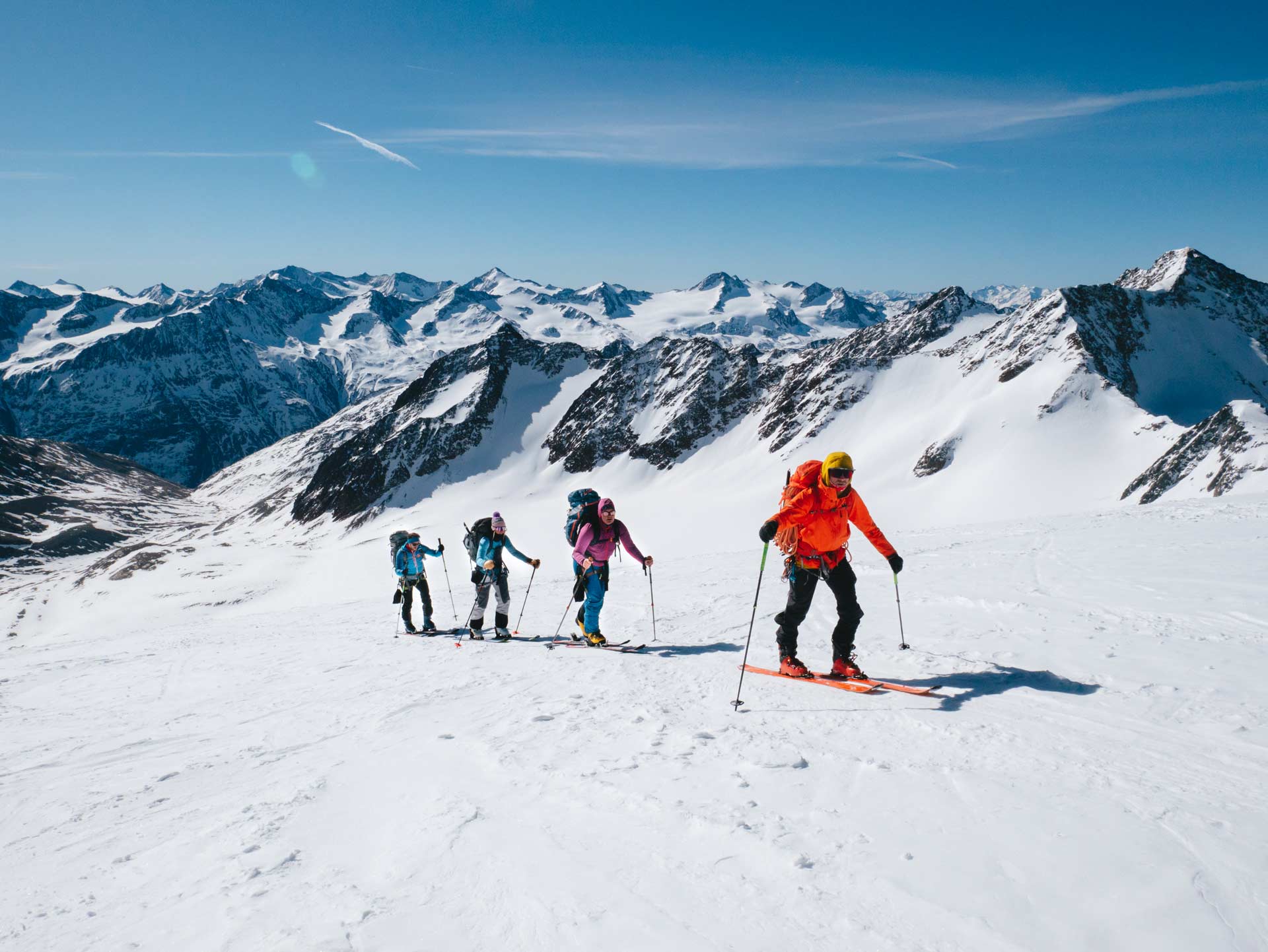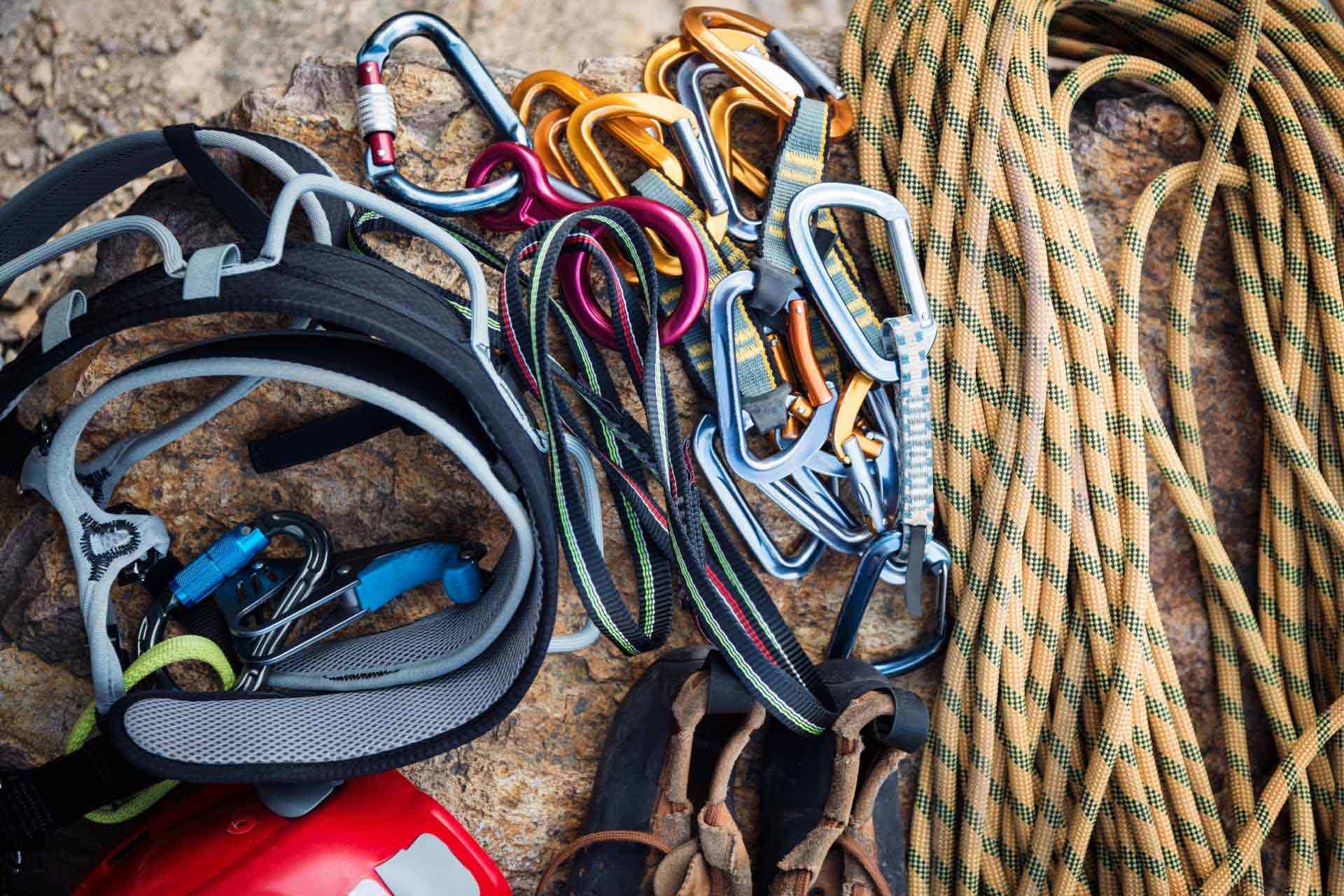
Gudauri - A freeride paradise in the Caucasus
Gudauri has become an insider tip for freeriders in recent years. Read now why a freeride trip to Georgia is worthwhile!

Strategic avalanche awareness should help to optimise the relationship between risk and safety. It forms a decision-making basis for behaviour in the alpine region and has the goal of avoiding avalanche accidents.
A distinction is generally made between three different types of decision-making: the analytical Type that probalistic Type and the intuitive Art. Each of these types has its place in the assessment of avalanche danger and the decisions that follow. In order to balance the relationship between risk and safety as much as possible, one must consider each of these methods of decision-making. However, each decision is useless if the subsequent behaviour is not aligned with the decision or if one takes the wrong action.
Why actually a strategy?
A strategy means first and foremost a structured approachto achieve a specific Destination to achieve. This goal is to be achieved with the help of a plan that is implemented taking into account the available means, resources and information.
The aim of the Strategic avalanche awareness is to avoid avalanche accidents. The problem, however, is the complexity of the snowpack and the avalanche-forming factors. Even the best expert cannot grasp all the relevant relationships that lead to the formation of avalanches.
The strategy is intended to help in difficult situations and without complete information. Order into the chaos of complexity. This creates the opportunity to achieve an acceptable level of risk with as little sacrifice as possible - as long as one is willing to implement certain measures and accept limits.
The path of the analytical decision making could be called classic avalanche science, as it was the common method for assessing avalanche risk for many years. In analytical decision-making, it is necessary to examine the snowpack. This is done by making snow profiles and performing stability tests such as the slide block, compression test (CT) or ECT. The problem is the validity of these tests. A snow profile or a stability test is only carried out at a specific location. But are these results also representative for the entire slope? Many experts doubt it. From Bavaria comes the "systematic snow cover diagnosis", the latest and very renowned analytical strategy. Systematic snowpack diagnosis focuses on the small block test and attempts to evaluate the result by means of process thinking and to derive decisions from it. This provides the user with practical tools. Digging lengthy snow profiles for every tour is not reasonable due to time constraints.
Avalanche commissions or professionals such as mountain and ski guides do, however, carry out regular snowpack surveys in their home areas in order to obtain as complete a picture as possible of the processes in the snowpack throughout the winter.
> MORE ABOUT THE SYSTEMATIC SNOW COVER SURVEY
> CONTRIBUTION TO SSD IN MOUNTAIN CLIMBS
It was "avalanche expert" Werner Munter who, with his method of probabilistic decision making showed a completely new way in avalanche research. In the beginning, rejection and scepticism were great, especially among experts. Today, no one doubts the importance and justification of probability-based avalanche research.
The basic idea is that certain probabilities are taken into account and simple patterns of thought and action are derived from them. Based on these easily comprehensible criteria and the structured procedure, both beginners and professionals can arrive at a good result in complex situations. By a "good result" is meant a decision on tour or in variant riding, in which a socially acceptable residual risk remains.
Probabilistic methods are based on the following assumptions and thought patterns:
The Professional Reduction Method (PRM) was developed by Werner Munter in 1992. It is the most complex of all reduction methods, but gives the user the most leeway with regard to limits.
In principle, PRM is about taking the current Potential danger with a possible Reduction potential in relation to each other. If the end result is a risk below 1, the risk is acceptable. If not, alternative measures must be taken. For example, a less steep slope or a different exposure can be chosen. Thus, one tries to reduce the risk by adding further reduction factors.
In practice, the PRM is hardly ever applied in its full form. One reason is that hardly any expert knows all ten reduction factors by heart. Other reduction methods have been derived from the PRM:
"Attending a course under professional guidance is essential to understand and apply the methods of Strategic Avalanche Science. "
Intuition means making good decisions based on your gut. Especially experts with great experience often make decisions based on their gut feeling and thus achieve a high hit rate.
The theory of intuition is that the subconscious can take far more information into account than the conscious mind. The conscious mind, on the other hand, is very precise in processing information, but can only deal with a limited amount of information. Intuition is a basic human competence that enables us to react appropriately in complex situations.
Even though intuition is an ingenious means of decision-making and each of us is at least partially guided by intuition, it also has disadvantages. For one thing, intuition is difficult to understand and teach. In courses, for example, intuition can hardly be taught. On the other hand, intuition is not so strong that it can really be relied upon to prevent accidents. It is true that many experts say after accidents that they had "a bad gut feeling". Nevertheless, in the final analysis, this gut feeling usually does not lead to the necessary (abandonment) decisions.
In addition, especially for professional decision-makers in a guarantor position (mountain guides, ski guides, avalanche commission), there is the aspect that intuition is difficult to argue in the case of a court hearing.
Intuition is therefore unsuitable as a method of decision-making for beginners, and it cannot be taught in courses. Experts can certainly fall back on their gut feeling, but should always do a cross-check with analytical and probabilistic methods.
Book Tip: Florian Schranz, a mountain guide from the Upper Inn Valley, has written a controversial book about intuition as a method of decision-making on the mountain. BERG SEIN - The Book
Combined decision strategies take into account different methods of decision-making.
One of the best known combined methods is Stop or Go. Stop or Go was offered to the mountain guides Michael Larcher and Robert Pfurtscheller in the Austrian Alpine Association developed. Stop or Go is composed of Standard measures (Standard Operating Procedures - SOP) and an Decision-making strategywhich consists of two checks (Check 1 + Check 2).
The Standard measures take into account basic aspects of tour planning, such as avalanche situation report, weather report, map, group or equipment as well as standard measures in the terrain. These include relief distances, avalanche beacon check, track setup or orientation.
Check 1 is based on the elementary reduction method. This means that, depending on the avalanche warning level, clear limits are set with regard to the steepness of the slopes to be skied. This is supplemented with Check 2which uses analytics to consider danger signs in the snowpack. These include the critical amount of new snow, fresh drifting snow, settlement noises, fresh avalanches, cracking and heavy moisture penetration. If it is decided after Check 2 that no danger signs are discernible, the tour can be continued. Otherwise the tour must be changed or aborted.
Because Check 1 is reinsured with Check 2, the Stop or Go method is a tool with a lot of safety buffer, which, however, also demands a lot of renunciation if applied consistently. With the "Nevertheless Go" factors heavily spurred, Forest or Schmelzharsch more leeway was introduced in the latest version.
The snowpack and the topic of avalanches are so complex that making the right decisions is very difficult, even for experts. Decision-making strategies help to create a guideline with the help of structures and rules, which experts and beginners alike can use for orientation. The great challenge is to nevertheless make decisions in complex situations with insufficient information that include a socially accepted residual risk. In order to be able to apply such decision-making strategies correctly, a lot of practice and training is needed. The best way to do this is to make use of the training offered by professional ski guides.

Gudauri has become an insider tip for freeriders in recent years. Read now why a freeride trip to Georgia is worthwhile!

Comfortable, congestion-free and climate-friendly journey with the ÖBB Nightjet. Now in an attractive combination ticket incl. ski pass.

Ski touring in Norway is something special. 5 reasons why it should definitely be on your to-do list.

Multiday Ski Tours Austria - Tips for Wonderful Ski Crossings

What should I take with me on a multi-day ski tour? View our packing list now.
No comment yet, add your voice below!